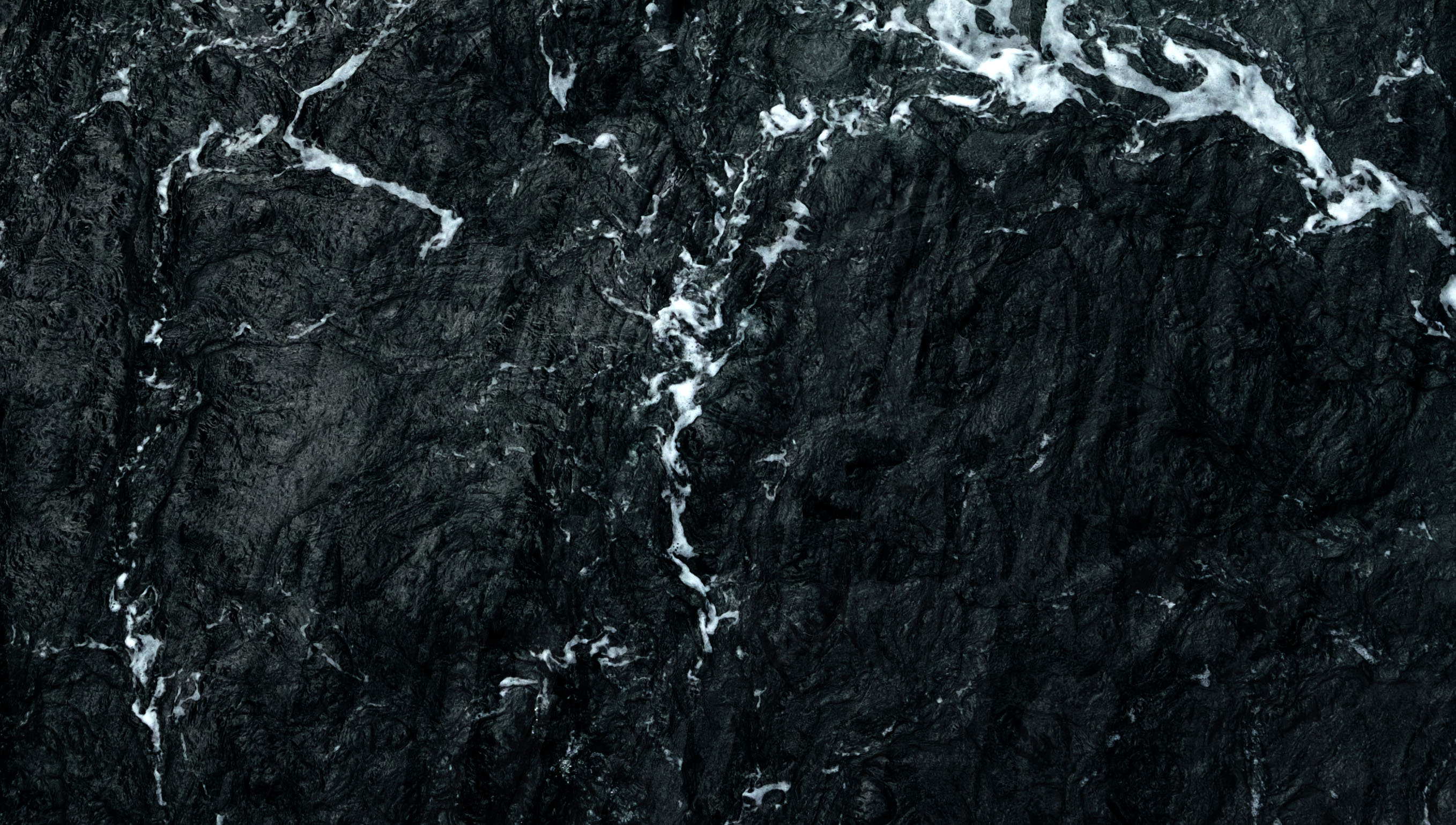Kachasān (Ka-CHAR-saan)
Kachasān is a synthetic material that chemically resembles the living tissue of creatures with passive affinity and can be produced as filaments and sheets. It is relatively effective against nuon-poisoning and is less costly compared to other materials that have similar properties such as sandiye. However, it requires an energy source and will rot after a period of time.
Properties
Material Characteristics
The inner layer is a white, rubbery sheet with thread-like veins of silver, covered by a hard shell that resembles a rocky surface but is very flexible and waterproof.
Physical & Chemical Properties
The most significant property of kachasān is its ability to protect against nuon-poisoning. Although it is relatively effective, kachasān is not powerful enough to shield its wearer from major lightstorms. The material is flexible and comfortable to wear as it will mould its shape to fit the wearer. Additionally, it can absorb impact from firearm-fired projectiles and resist stabbing attacks to a certain extent, although it is not bulletproof.
In cold weather, it can provide moderate warmth and in hot climates, it can partially dissipate heat. However, this property is restricted to only high-quality kachasān.
Origin & Source
Massive sheets of kachasān are grown in special racks. They begin as a single "cell", almost invisible to the naked eye. Over several weeks, it will rapidly multiply until a thin sheet is grown. This is stacked on other sheets and allowed to merge into one. █████ is injected into the sheet in order to grow the protective outer shell. Sometimes kachasān will be grown into the exact shape of the clothes while other times it is grown in a large sheet and cut into the necessary size. The former is common with "homegrown" kachasān and the latter is popular with manufacturing businesses for mass-production.
Life & Expiration
Kachasān can be damaged relatively easily due to punctures, rips and tears, while the hard protective layer will shed regularly. Over a year, the tissue will begin to die and thick flakes will peel off. Of course, even a sliver of exposed skin can mean death or worse if caught in a lightstorm so daily maintenance is crucial unlike gear made from sandiye.
Damaged kachasān (white is the soft "flesh" and black-grey is the protective shell)
Maintenance requires regrowing missing parts by painting in coats of liquid. It is a slow, smelly process that takes at least a day. The materials required are readily available, like kachasān itself, thanks to pirated recipes. Fortunately, people are available for hire to carry out the maintenance of kachasān.History & Usage
History
Ancient civilisations discovered that substances from living creatures could protect them from nuon-poisoning. In the northwestern tribes, protective clothing called kchsar was made using the skin, tusk and flesh of pachyderms. Various versions of this were developed over time, using many different animals as all animal products have a degree of affinity, albeit very, nearly insignificant.
The practise became less common during the years in which lightstorms became more frequent and stronger as these proved to be useless. Scientists and inventors in the field turned instead to the newfound compound.
Eventually, technology became advance enough that people were able to grow flesh into the material we now know as kachasān.
Everyday use
Kachasān is primarily used for clothing but can also be used for other purposes like a tent. As armour, it is often worn in conjunction with iridium-plated armour for increased protection against nuon-poisoning and bullets. For fashion, kachasān paired with leather is a popular look. Kachasān can be dyed in many colours to better suit a person's wardrobe.
Distribution
Trade & Market
This material is available worldwide as it is usually grown and used locally. It can even be grown at home with the proper equipment. The priced depend on the quality of the product.
Storage
In order for kachasān to last as long as possible while not in use is to keep it in a suspended state; otherwise, it will rot. Pressurised tanks can extend their length of expiration. It also needs a source of energy. Extremely high or low temperatures can cause further damage.
Type
Organic
Value
Low to high
Rarity
Common
Odor
Dried pineapple (supposedly)
Color
Initially white, but usually dyed black or grey.
Remove these ads. Join the Worldbuilders Guild











Comments